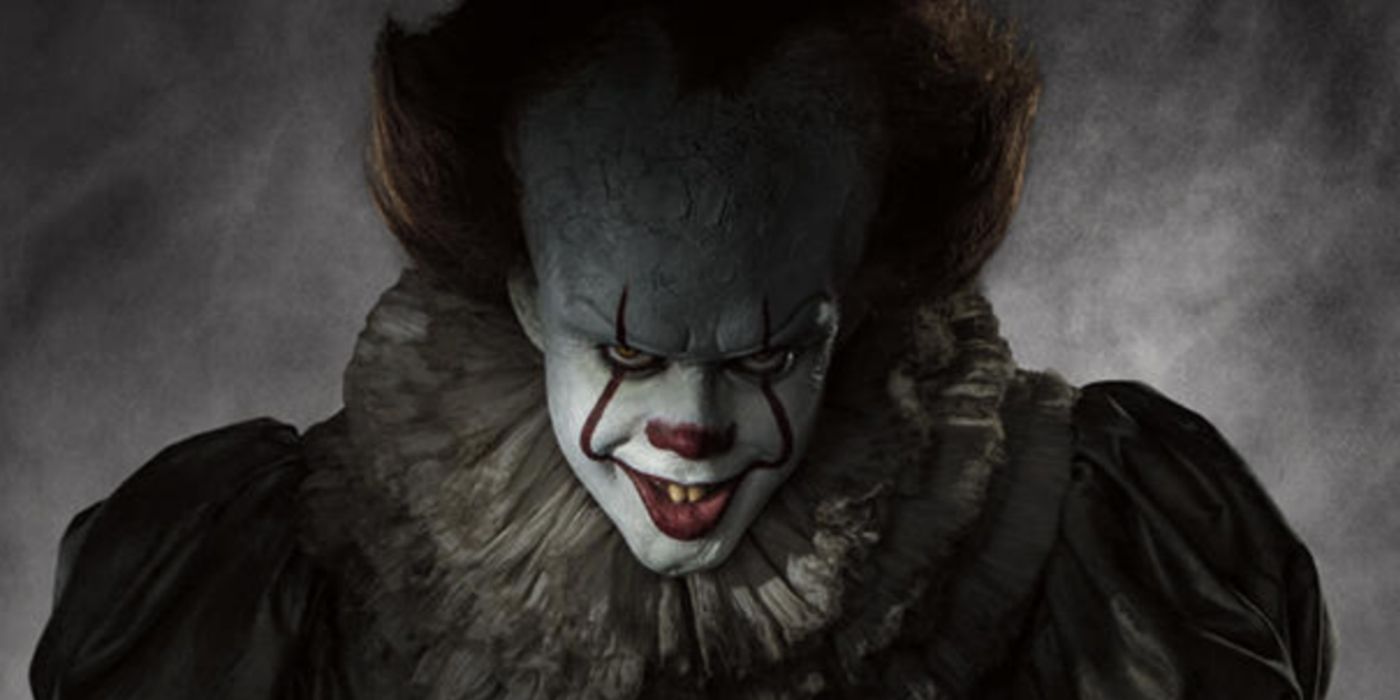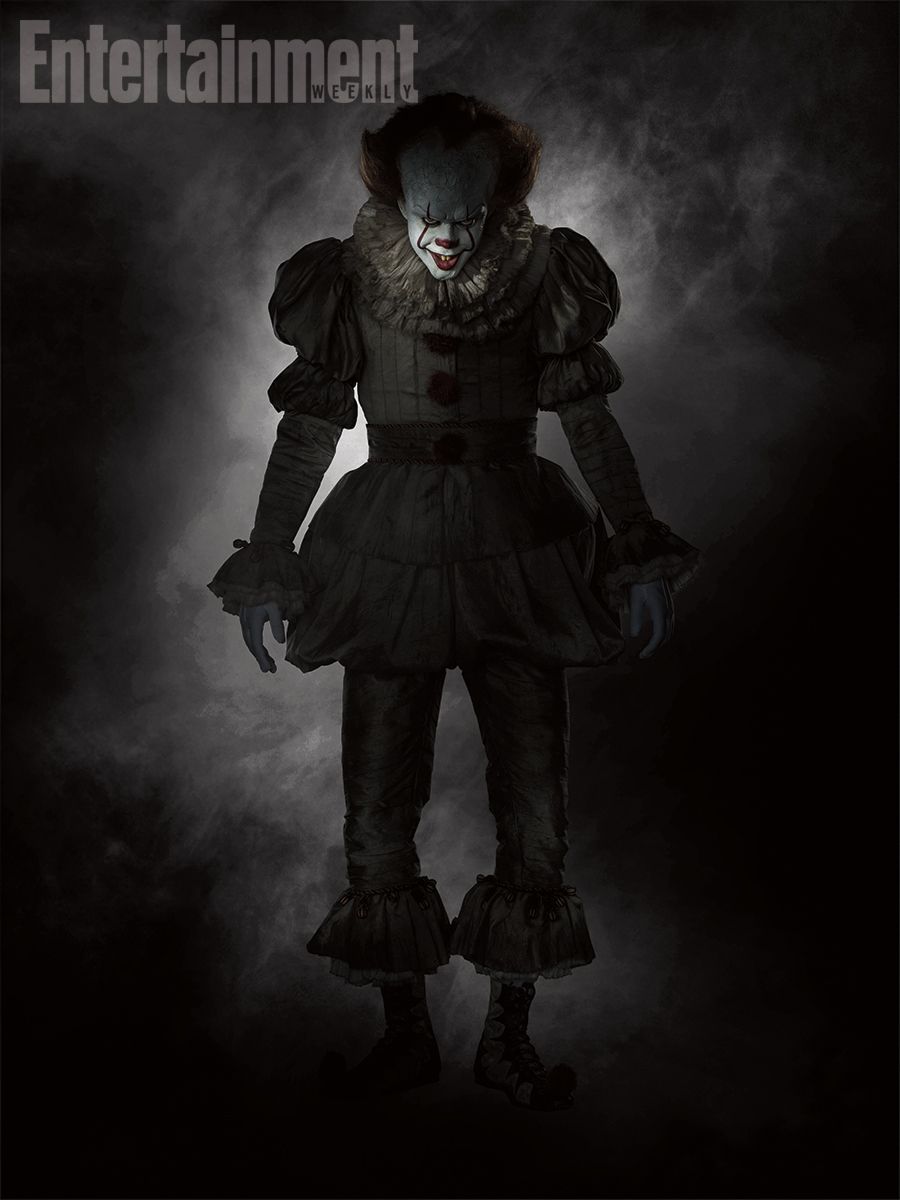1980s-set hit Netflix series Stranger Things and the critically-acclaimed '80s-set Disney re-imagining Pete's Dragon have both been released over the past month. Both of these titles, in turn, have been praised for harkening back to the spirit of the "kids on an adventure" stories that were all the rage in that decade, as epitomized by such works as Steven Spielberg's E.T. the Extra-Terrestrial and Rob Reiner's Stephen King adaptation Stand By Me, among others. The success of Stranger Things in particular has helped to restart the conversation about the upcoming movie adaptation of King's novel It: one of the more transparent influences on said Netflix TV show.
The Duffer Brothers, in fact, created Stranger Things in the aftermath of their pitch for a new adaptation of It being passed over. Well after that, True Detective season 1 and Beasts of No Nation filmmaker Cary Fukunaga was lined up to call the shots on a film adaptation of King's It. Creative differences with Warner Bros. Pictures resulted in Fukunaga leaving the project before production started and Andrés Muschietti (Mama) taking over as the director, instead. Jump ahead to the present-day and Muschietti is now head-down in principal photography on the film.
It remains to be seen how much of Fukunaga's original vision for the It film adaptation is carried over into Muschietti's version, but there is one common element between them: the story's monstrous villain, Pennywise the Clown, is being presented as younger and almost child-like being in his demeanor, compared to Tim Curry's famous portrayal of Pennywise from the 1990s TV mini-series version of It. We've already gotten our first look at Bill Skarsgård (Hemlock Grove) as Pennywise in Muschietti's film - but now, thanks to EW, we have our first look at the character's costume in full:
Skarsgård has noted that Pennywise is, of course, really an ageless monster who (literally) survives by consuming children - that he is, in fact, the "manifestation of children’s imaginations." Similarly, the It movie adaptation's costume designer Janie Bryant - who won a Primetime Emmy for her efforts on HBO's western series Deadwood and designed Mad Men's widely-acclaimed 1960s era outfits - explained to EW that Pennywise's outfit includes the popular fashion choices from different periods in history. This is a reflection of just how long Pennywise has been around; or, as Bryan put, that "He is definitely a clown from a different time.”
Bryant also explained to EW how Pennywise's costume design not only alludes to how long the creature has been around, but also further accentuates his child-like appearance (in a fittingly creepy fashion):
“That pleating is actually Fortuny pleating, which gives it almost a crepe-like effect. It’s a different technique than what the Elizabethans would do. It’s more organic, it’s more sheer. It has a whimsical, floppy quality to it. It’s not a direct translation of a ruff or a whisk, which were two of the collars popular during the Elizabethan period.
“... There is almost a doll-like quality to the costume. The pants being short, the high waistline of the jacket, and the fit of the costume is a very important element. It gives the character a child-like quality.”
It remains to be seen if Skarsgård's Pennywise comes off as truly unnerving (or just over-the-top) in Muschietti's actual film, but Bryant's reasoning behind the villain's costume design is fascinating, on its own. It, like Muschietti's breakout film Mama, is in many ways a dark fairy tale parable; here, one of the coming of age variety, befitting the movie version all the more because it takes place in the 1980s (an "update" to King's source material, where the main characters are children in the 1950s). If all goes well, this movie will resonate with the public as much as the other works of storytelling that King's original novel has already inspired, for related reasons.
NEXT: It Producer Talks Stranger Things Comparisons
It opens in U.S. theaters on September 8th, 2017.
Source: EW


